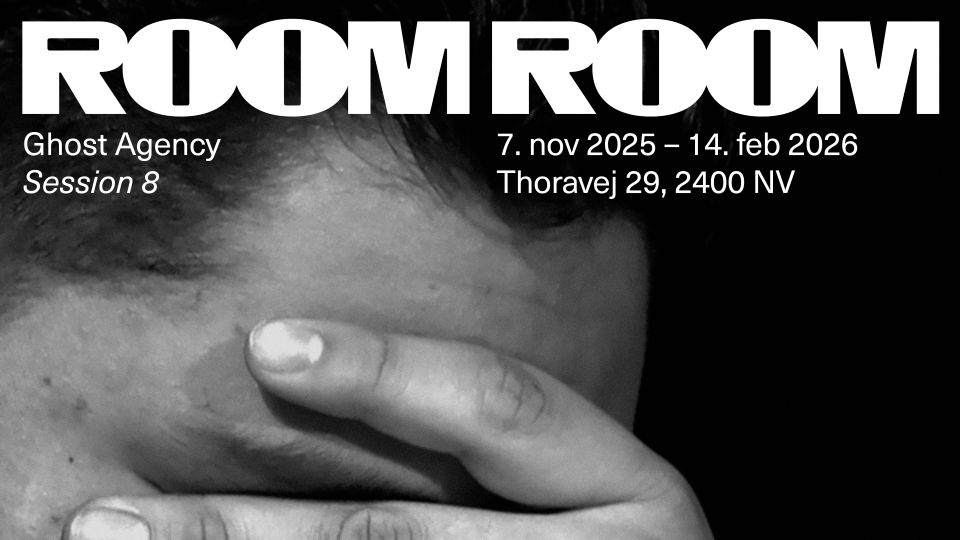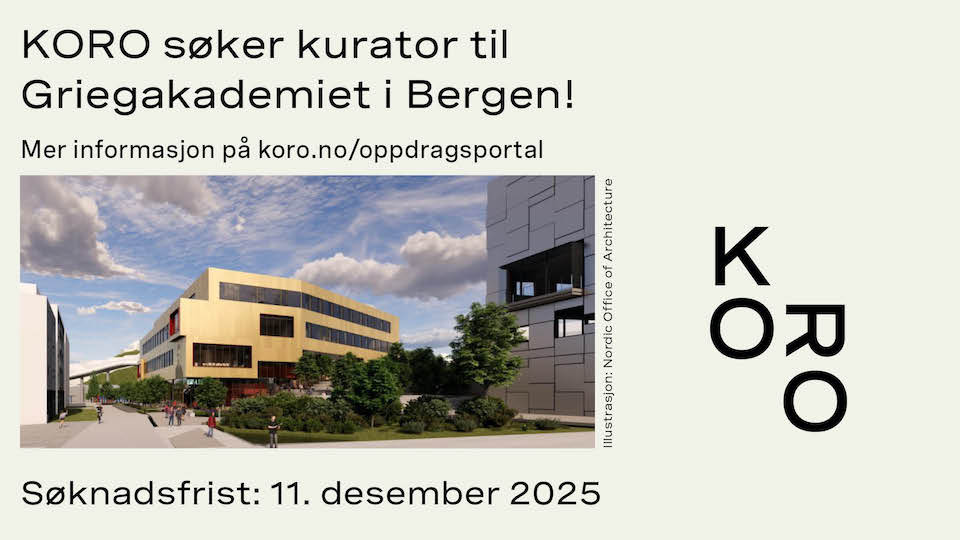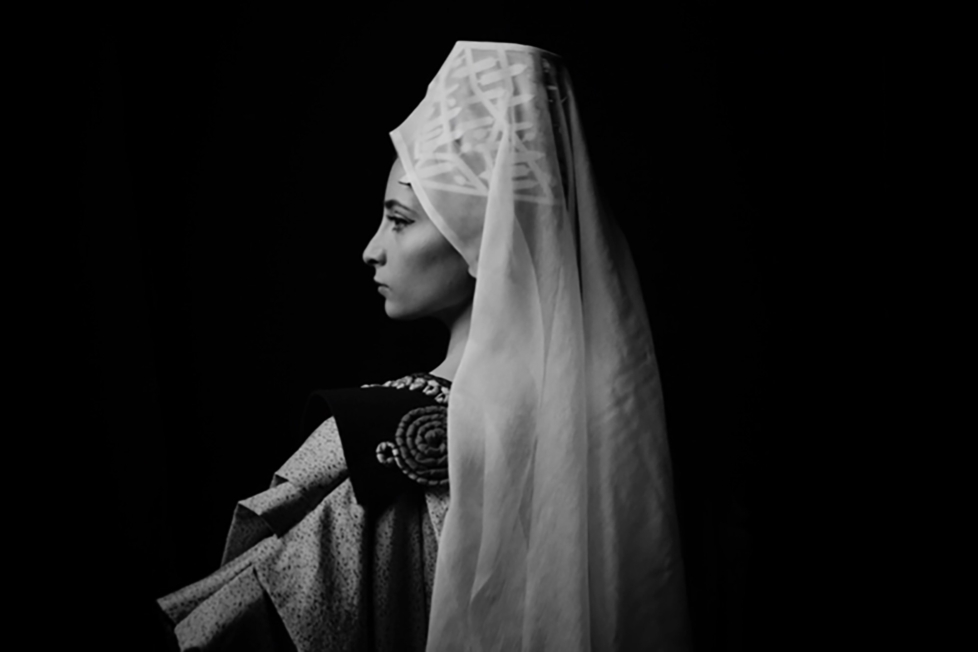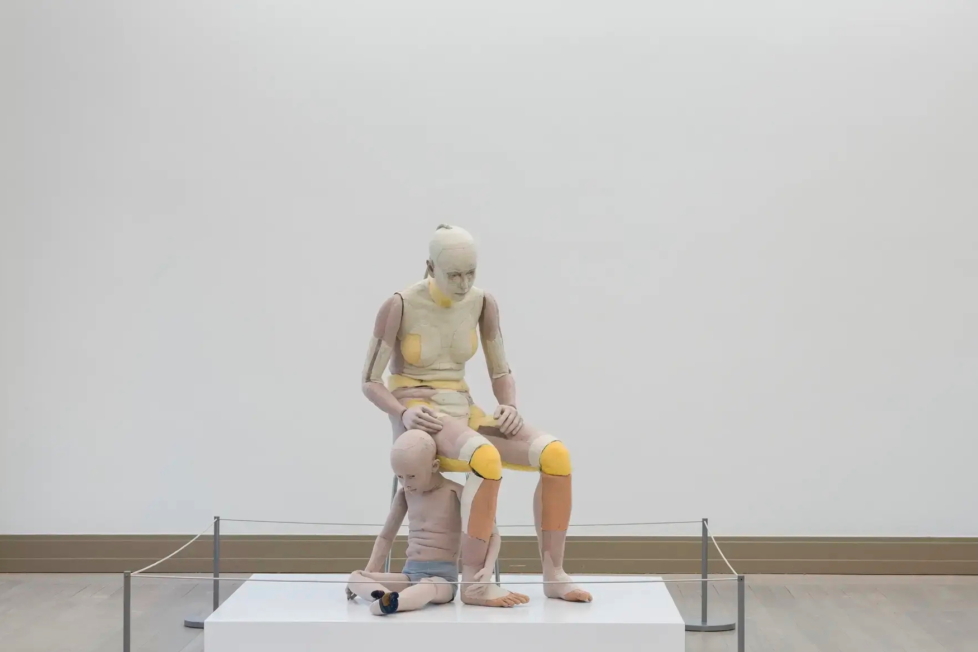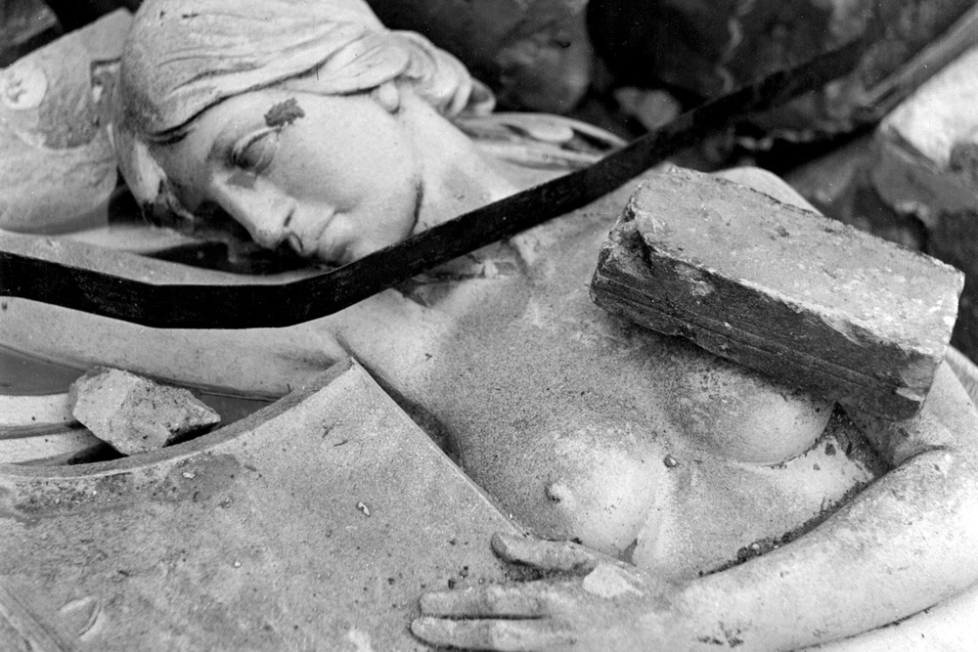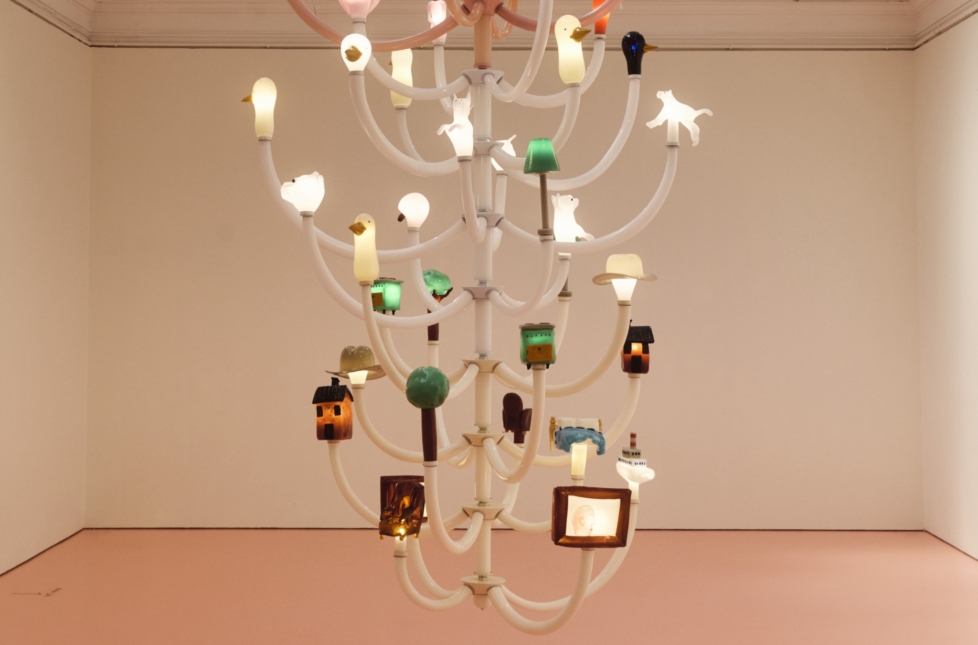
Mood over Content
Maybe people’s attention spans are not that bad after all? Looking at Kunstkritikk’s most read articles of the past years, the tendency is clear: our readers appreciate thought-provoking long reads. 2024 proved no exception. Our single greatest hit was Kristian Vistrup Madsen’s essay in which he argued that mood is the new benchmark for quality in contemporary art.

Free Us From the Nation States
Our coverage of the Venice Biennale always attracts readers, and last year’s list of most read is dominated by Venice-related articles. In my review of the national pavilions, I argued that the most important pavilion was the Palestinian one, although it did not really exist other than in the form of a manifesto launched by a group of anonymous artists and cultural workers.

We Need to Talk About Germany
Is Berlin losing its position as a haven for artists due to German repression of pro-Palestinian voices, as Nan Goldin implied in her speech at the Neue Nationalgalerie on 22 November? In this survey, six Nordic artists and curators respond: Power Ekroth, Tinne Zenner, Jan Christensen, Juan-Pedro Fabra Guemberena, Mickael Marman, and Dina El Kaisy Friemuth.

Rise of the Dragon
For the Nordic Pavilion at the 60th Venice Biennale, Swedish artist Lap-See Lam created a new work in collaboration with composer Tze Yeung Ho from Norway and textile artist Kholod Hawash from Finland. Nora Arrhenius Hagdahl interviewed Lam during the installation of the exhibition and rehearsals of the faux-Cantonese opera titled The Altersea Opera.

Abuses of Genius
American artist Vaginal Davis’s show at Moderna Museet in Stockholm was among the most critically acclaimed exhibitions in the Nordics last year. One of her works also met with allegations of “possible abuse” in the Swedish leftist paper ETC, prompting Kunstkritikk’s editor in Stockholm, Frans Josef Petersson, to discuss questions about what he calls art’s toxic culture of privilege.

Sápmi Is a Mindset
In her review of Sámi artist Britta Marakatt-Labba’s retrospective exhibition at the National Museum of Norway, Maria Moseng proposes that in a time when we are gradually starved of ideas about other ways of life and alternatives to capitalism, Marakatt-Labba shows that such images already exist.

Phantom Pains
In his review of the Brazilian curator Adriano Pedrosa’s main exhibition at the Venice Biennale, Foreigners Everywhere, Frans Josef Petersson describes an exposé of the fantastic, the oneiric, the idiosyncratic, and the unknown, while noting that the general shortage of documentary work left him with “a phantom pain pointing to the conflict-ridden present in which we are currently mired.”

Mechanical and Utterly Personal
Inuuteq Storch made history in Venice last year, as the first Greenlandic artist to represent the Danish Commonwealth in the biennale, a fact that was highlighted with signs of “Kalaallit Nunaat,” the Indigenous name for Greenland, covering the signs of “Danmark” on the pavilion’s façade. Interviewed by Louise Steiwer, Storch spoke about photography as a tool for decolonialisation, and about his dream of creating a museum for Greenlandic photography.

Tell the Truth
In February 2024, artist Jannik Abel joined a group of fellow Norwegian artists and cultural workers to visit occupied Palestine. Abel’s poignant report from the West Bank, which consists of interviews, personal notes, and photographic documentation, included a quote by Dr. Mitri Raheb, the founder and president of Dar al-Kalima University in Bethlehem, that has been echoing in my mind ever since: “There is art before Gaza and art after Gaza.”

The Art of Crazy
“Let us hope that the time is ripe for a true art-institutional therapy for everyone, including the therapists. Only then will we perhaps be able to cure the sick world we live in.” Thus writes Sinziana Ravini in her review of Approaching Unreason at Palais de Tokyo in Paris, a major group show inspired by institutional psychotherapy and organised by in-house curator François Piron.



